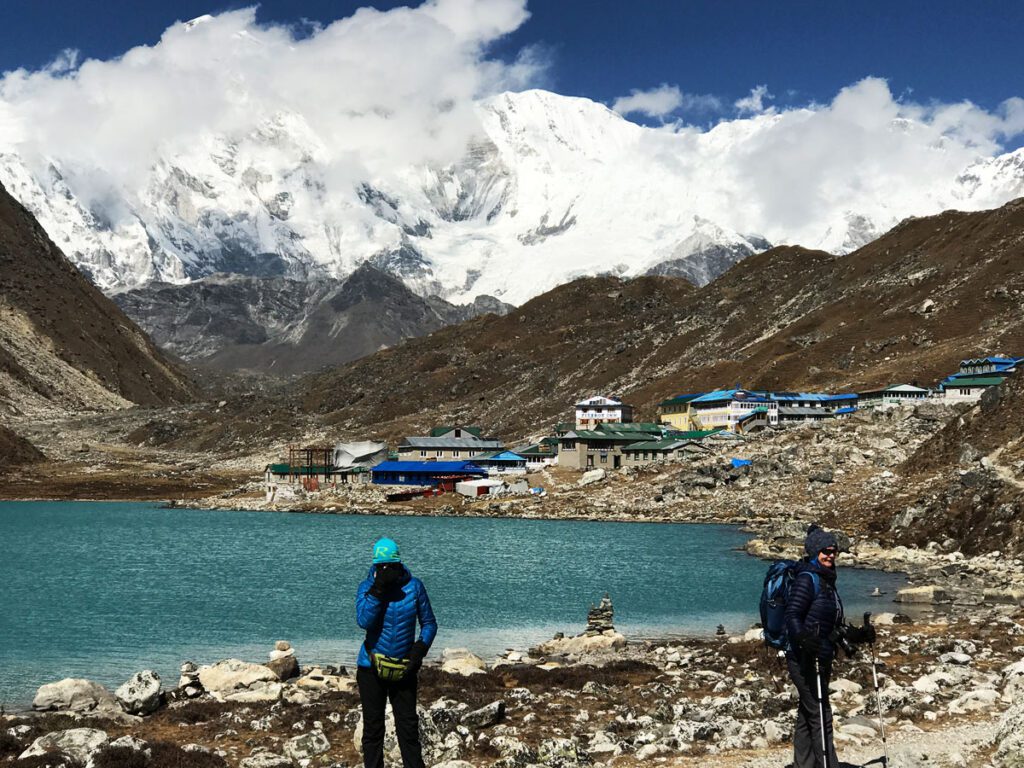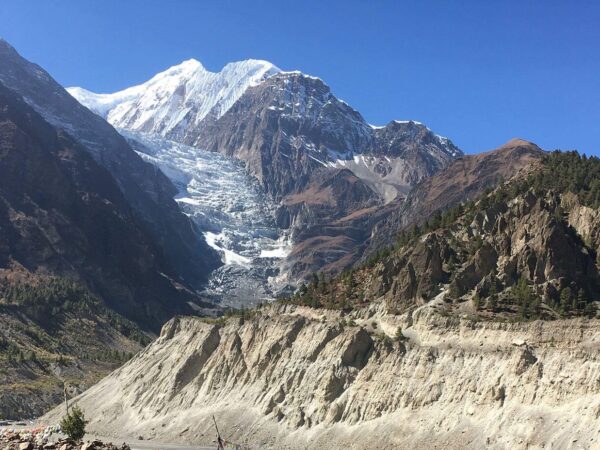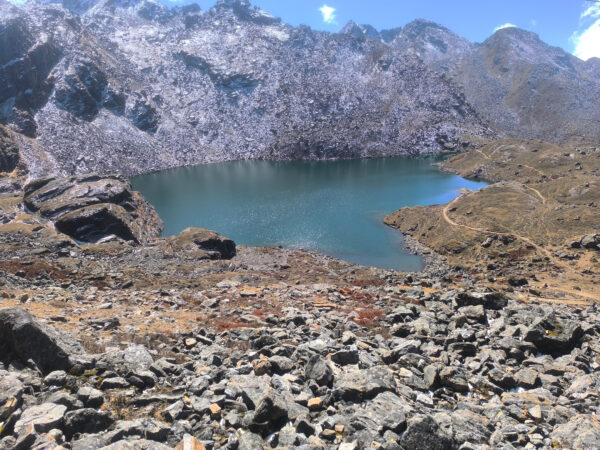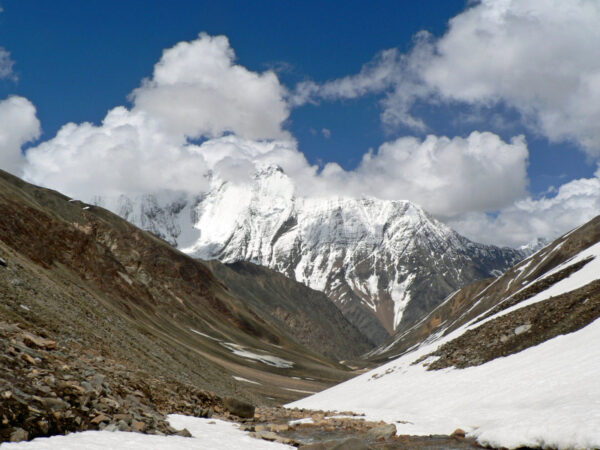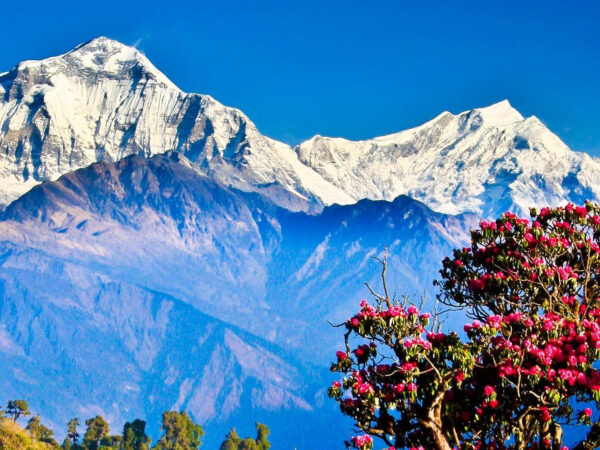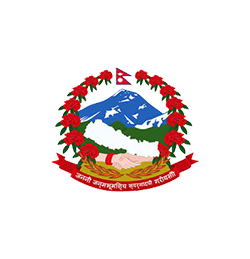Highlights
- The magnificent view of Mt Everest from the top of Gokyo Ri 5357 m
- The amazing and strenuous feeling while crossing Chola Pass 5420 m - one of the highest passes of the Everest region.
- The shining 5 glacial lakes of Gokyo
- Great satisfaction of trekking while walking on Everest Base Camp and Kalapathar
- Walking along off the beaten trails
- The heartbreaking feeling during Lukla flight
Overview
Everest Base Camp Trek Via Gokyo Lake or Everest Chola Pass Trek offers a mesmerizing view of Gokyo Lakes along with the stunning snow-covered mountain range that includes the high mountains like Mt Everest, Lhotse, Cho Oyu, Nuptse, and Pumori reaching Gokyo Ri, Everest Base Camp, and Kalapathar. It belongs to the moderate-grade trek. The trek begins from Lukla and seeks acclimatization for the beginner’s trek. Basically, most of the trekkers acclimatize them in Namche Bazaar which is also known as the Gateway of Mt Everest. Meanwhile, trekkers can hike to Everest View Hotel and have breakfast enjoying the impressive scenery of the Mahalangur Himalayan Range.
Some of the exciting attractions of this trek are Gokyo Ri 5357 m, EBC, and Kalapathar. From Gokyo Ri, we will enjoy the masterpiece scenery of Mt Everest, Mt Lhotse, Cho Oyu, etc largest mountains alongside Nzongma Glacier which is the biggest glacier of the Khumbu region.
Trek Outline
Everest Base Camp Trek Via Gokyo Lake leads you through the identical path of Classic Everest Base Camp Trek following the edge of Dudhkoshi River until it reaches Namche Bazaar. The ways to Gokyo and EBC separate after 2-3 hours walk onward. But the ultimate destination of each and every trail of Everest is EBC and Kalapathar.
You may be scared of flying in a tiny spooky Kathmandu to Lukla flight, but it is a must to ensure your Everest Base Camp Trek in short days. You will be going to spend much amount of time in the mountains. However, proper acclimatization is very important, while it will be done in Namche Bazaar. From Namche Bazaar, you can take short steep hiking to Syangboche village from where you can enjoy the first glimpse of the astounding view of mountains like Mt Everest, Ama Dablam, Lhotse, Thamserku, etc.
The trek goes through pine and rhododendron forests, highlander grazing lands, chortens, and the flapping prayer’s flags.
Before you cross the Chola Pass, you need to pass the Ngozumpa Glacier and hike the Gokyo Ri which is one of the main highlights of this journey. From Gokyo Ri, you get the stunning view of Everest, Lhotse, and Makalu closer while it will act as acclimatization at the same time.
While crossing the Chola pass, it will feel like your lifetime achievement. In order to cross the pass, you need to be ready early morning around 4-5 am before the winds start to flow. It is most probably going to be a tough day as you will be walking on set ice which will take 9 hours approximately.
This wonderful journey continues to bring vivacious feelings to you as the trek moves toward Gorakshep, the Everest Base Camp 5364 m, and the best viewpoint of Mt Everest i.e Kalapathar 5545m.
The trek certainly challenges trekkers with its long-distance walk, but its rewarding views and achievements will mesmerize anyone.
Outline Itinerary
Day 01: Fly to Lukla (2,860m), trek to Phakding (2,610m, 3-4 hrs)
Day 02: Trek to Namche (3,440m, 6-7 hrs)
Day 03: Acclimatization day at Namche (Hike to Everest View Hotel, 3,880m)
Day 04: Trek to Dole (4,200m, 5-6 hrs)
Day 05: Trek to Machhermo (4,470m, 4-5 hrs)
Day 06: Trek to Gokyo (4,790m, 4-5 hrs)
Day 07: Acclimatization day at Gokyo (Hike to Gokyo Ri, 5,357m)
Day 08: Trek to Dragnag (4,700m, 3-4 hrs)
Day 09: Trek to Dzongla (4,830m) via Chola Pass (5,420m, 7-8 hrs)
Day 10: Trek to Lobuche (4,910m, 4-5 hrs)
Day 11: Trek to EBC (5,364m) via Gorakshep (5,164m), return to Gorakshep (7-8 hrs)
Day 12: Hike to Kala Patthar (5,545m), descend to Pheriche (4,240m, 7-8 hrs)
Day 13: Descend to Tengboche (3,860m, 5-6 hrs)
Day 14: Return to Namche (3,440m, 5-6 hrs)
Day 15: Return to Lukla (2,860m, 6-7 hrs)
Day 16: Fly back to Kathmandu
Note: Domestic flights to Lukla are sometimes delayed or canceled due to unpredictable weather conditions. In such cases, taking a helicopter flight from Kathmandu to Lukla can be a reliable alternative. Although it is slightly more expensive than a regular flight, it ensures you stay on schedule. If you wish, we can arrange the helicopter for you under such circumstances.
Everest Chola Pass Trek with Gokyo Lakes – 16 Days - Itinerary
Fly to Lukla (2,860m), trek to Phakding (2,610m, 3-4 hrs)
Trek to Namche (3,440m, 6-7 hrs)
Acclimatization day at Namche (Hike to Everest View Hotel, 3,880m)
Trek to Dole (4,200m, 5-6 hrs)
Trek to Machhermo (4,470m, 4-5 hrs)
Trek to Gokyo (4,790m, 4-5 hrs)
Acclimatization day at Gokyo (Hike to Gokyo Ri, 5,357m)
Trek to Dragnag (4,700m, 3-4 hrs)
Trek to Dzongla (4,830m) via Chola Pass (5,420m, 7-8 hrs)
Trek to Lobuche (4,910m, 4-5 hrs)
Trek to EBC (5,364m) via Gorakshep (5,164m), return to Gorakshep (7-8 hrs)
Hike to Kala Patthar (5,545m), descend to Pheriche (4,240m, 7-8 hrs)
Descend to Tengboche (3,860m, 5-6 hrs)
Return to Namche (3,440m, 5-6 hrs)
Return to Lukla
Fly back to Kathmandu
Inclusions
What's included
- International & Domestics Airport pick up and drop
- 2 Nights Standard Hotel accommodation in Kathmandu (with breakfast included)
- An Experience English speaking guide and porter (1 porter for every 2 trekkers)
- All Meals and Teahouse accommodation during the trek with attach room.
- Kathmandu to Lukla Flight Flight Ticket (Round Trip)
- All required trekking permits (National Park Entry Fee and Pasang Lhamu Rural Municipality Entry Fee)
- Guide and porter insurance with food and accommodation
- Basic Medical kits
- Sleeping and duffel bag, down jacket, trekking poles (should be returned after the trek)
- Emergency Helicopter Evacuation Service Arrangement Only (should cover by your travel insurance)
- All required paper works and government taxes
- Farewell dinner
- Everest Hikes T-shirt
What's not included
- International Flight
- Nepal Travel Visa Fee
- Personal Medical and Travel insurance (Should cover helicopter evacuation)
- Guide, Porter and Driver tips
- Personal Gears (equipment)
- Personal bill
- Lunch and Dinner in Kathmandu
- All other personal expense of beverages (hard and soft drinks)
- All other things not mentioned in the inclusion.
Equipment
Recommended Trekking Gears
Clothing
- Base Layers (Moisture-Wicking)
- Thermal tops and bottoms (polyester or merino wool)
- Lightweight long-sleeve shirts
- Insulating Layers
- Fleece jacket or pullover
- Down jacket (for high-altitude treks)
- Warm sweaters
- Outer Layers (Shells)
- Waterproof and windproof jacket (Gore-Tex or similar)
- Waterproof pants
- Trekking Pants
- Quick-dry pants
- Convertible hiking pants (zip-off into shorts)
- Trekking Shirts
- Lightweight and breathable T-shirts
- Long-sleeve shirts with UV protection
- Headwear
- Wide-brim hat or cap for sun protection
- Warm beanie for cold temperatures
- Buff or scarf for dust and wind
- Gloves
- Lightweight trekking gloves
- Insulated gloves for higher altitudes
- Socks
- Moisture-wicking trekking socks
- Thermal socks for colder regions
- Footwear
- Sturdy and waterproof trekking boots (well broken-in)
- Comfortable sandals or camp shoes (for evenings/rest days)
- Gaiters (optional, for snow or muddy trails)
Backpacks & Bags
- Backpack
- 40-50L capacity for multi-day treks
- Comfortable straps and rain cover
- Daypack
- 20-30L for short treks or carrying essentials during the day
- Duffel Bag
- Used if porters are carrying your gear (for organized treks)
- Dry Bags
- To keep electronics and clothes dry in wet conditions
Sleeping Gear
- Sleeping Bag
- 4-season sleeping bag (rated for -10°C to -20°C for high-altitude treks)
- Sleeping bag liner (optional, for extra warmth and hygiene)
- Sleeping Pad (if camping)
- Lightweight and inflatable or foam pads for comfort
Trekking Accessories
- Trekking Poles
- Adjustable and lightweight poles (essential for steep ascents/descents)
- Water Bottle/Hydration System
- Insulated bottle (to prevent freezing at high altitudes)
- CamelBak or similar hydration reservoir
- Water Purification
- Water filters, purification tablets, or UV sterilizers
- Sunglasses
- UV protection (Category 3 or 4 for snowy conditions)
- Headlamp
- With spare batteries (essential for early morning or late-night treks)
- Multi-tool or Knife
- For various small tasks
- First Aid Kit
- Bandages, blister patches, antiseptic wipes, painkillers, Diamox (for altitude sickness), etc.
- Lip Balm
- SPF-protected to prevent chapping
- Sunscreen
- High SPF for UV protection at higher altitudes
- Personal Toiletries
- Biodegradable soap, toothpaste, toothbrush, quick-dry towel, wet wipes, and toilet paper
Optional but Useful Items
- Camera
- To capture the stunning scenery (extra batteries and memory cards are a must)
- Snacks
- Energy bars, trail mix, or chocolate for quick energy boosts
- Power Bank/Solar Charger
- For charging devices in remote areas
- Books or E-Readers
- For downtime during rest days
- Earplugs
- To block out noise in lodges or camps
- Notebook/Journal
- To record your trek experience
Clothing Packing Tips
- Layering is key: It helps regulate your body temperature and adapt to changing weather.
- Avoid cotton: It retains moisture and dries slowly, which can lead to discomfort or hypothermia.
- Pack light: Only carry what is absolutely necessary to avoid unnecessary weight.
Gear Rentals in Nepal
If you're worried about carrying too much gear, trekking hubs like Kathmandu and Pokhara offer trekking equipment rentals and sales. You can find items like sleeping bags, down jackets, and trekking poles at reasonable prices. However, ensure you check the quality before renting.

